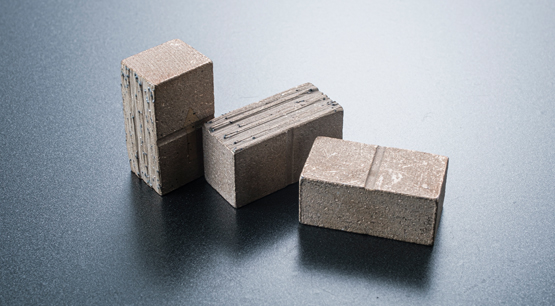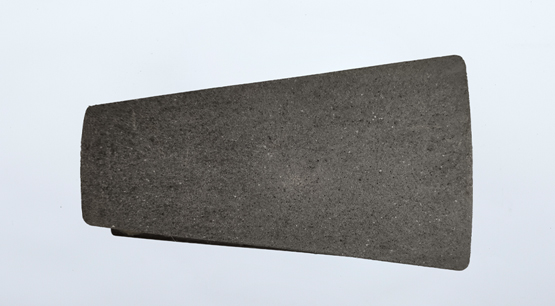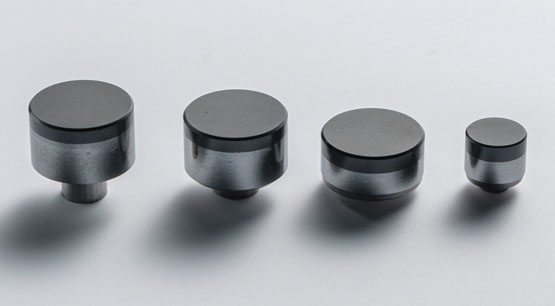1. Working Principles of Sintering Machines
Diamond segment sintering equipment relies on high-temperature and high-pressure sintering techniques to fuse diamond particles with metal powders, creating a robust segment structure. Typically, this equipment comprises several key components:
a. Sintering Chamber: This is the primary site where sintering occurs. Inside the sintering chamber, diamond particles and metal powders are placed within a high-temperature and high-pressure environment to promote bonding between particles.
b. Electric Furnace: The electric furnace provides the required high-temperature conditions. Temperatures typically soar to several thousand degrees Celsius, facilitating the sintering of diamond particles with metal powders.
c. Pressure Device: The pressure device is responsible for applying high pressure, ensuring even bonding of diamond particles at high temperatures. This high pressure aids in forming a dense segment structure.
d. Control System: The control system monitors and maintains critical parameters such as temperature, pressure, and time during the sintering process, ensuring segment quality and stability.
2. The Sintering Process
The sintering process generally encompasses the following steps:
a. Raw Material Preparation: Diamond particles and metal powders are the primary raw materials for manufacturing diamond segments. These raw materials need to be precisely prepared in the correct proportions to meet specific segment requirements.
b. Loading the Sintering Chamber: The pre-prepared mixture of raw materials is loaded into the sintering chamber to form the initial shape of the segment.
c. Heating and Sintering: The electric furnace is activated, rapidly raising the temperature, and the sintering of diamond particles and metal powders begins. The high temperature and high pressure facilitate the bonding of particles, forming a rigid segment.
d. Cooling and Unloading: Once sintering is complete, the sintering chamber is cooled, and the segment is removed from the equipment. The cooling process is gradual to prevent stress and cracks within the segment.
3. Equipment Features and Innovations
Modern diamond segment sintering equipment incorporates numerous advanced features and innovations:
a. Temperature and Pressure Control: Advanced control systems precisely regulate temperature and pressure during the sintering process, ensuring segment quality and consistency.
b. Automation and Intelligence: Many devices now employ automation and intelligent technologies to monitor and adjust the sintering process, enhancing production efficiency and quality.
c. Energy Efficiency and Environmental Concerns: Growing environmental awareness drives energy-efficient and eco-friendly innovations in equipment, reducing resource wastage and pollution.
d. Development of New Materials: Continuous improvements in sintering equipment also encourage the development of novel diamond particle and metal powder materials to meet evolving application demands.
4. Application Areas
Diamond segment sintering equipment finds extensive use in various fields:
a. Stone Processing: Utilized for cutting, grinding, and polishing stone materials such as marble, granite, and concrete.
b. Construction Engineering: Employed in concrete cutting and stone cutting for construction and road repair.
c. Metal Fabrication: Used for cutting metal materials such as steel, aluminum alloys, and rebar.
d. Glass Processing: Applied in cutting and polishing glass products.
e. Other Fields: Also used in gemstone processing, electronic device manufacturing, and aerospace applications.
Diamond segment sintering equipment plays a pivotal role across various domains, delivering efficient, high-quality cutting, and processing solutions to industrial production. As technology advances, we can anticipate continued developments in these devices to meet evolving market demands.

Introduction to sintering equipment used in diamond segment manufacturing Facilities
Publish date:2023-09-16 14:53:53 Article From:Linsing diamond tools Clicks:










